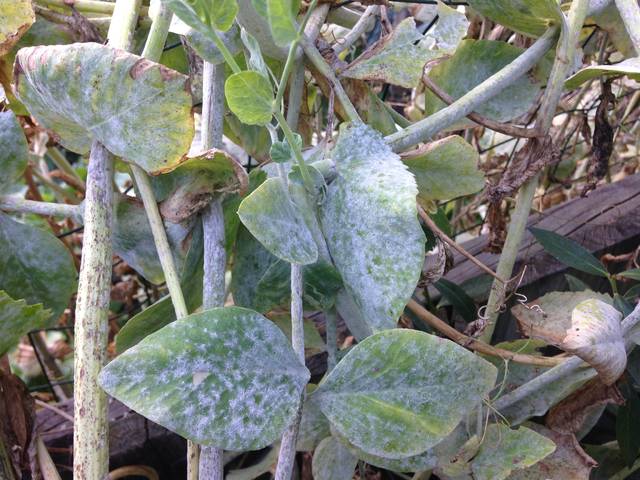Tips for preventing diseases in this year's garden
Viral, bacterial or fungal plant diseases can affect plants in many different ways. Some are asymptomatic (meaning they show no symptoms), while others can kill an entire plant in short order. Some diseases limit photosynthesis or inhibit flower and fruit production, while others stifle nutrient absorption or cause significant aesthetic damage. Regardless of the type of damage they cause, learning how to manage plant diseases seems to be a never-ending task for many gardeners.
Here are some positive actions gardeners can take to prevent diseases in the landscape:
• Whenever possible, choose disease-resistant varieties. Whether in the vegetable or flower garden, this is an essential step toward preventing diseases.
• Many diseases are more likely to develop when a plant is stressed and not thriving. Weak plants are more susceptible to diseases, so test your garden soil to make sure your plants have all the nutrients they need (but don’t overfertilize!), and ensure they have ample water throughout the growing season.
• Mulch your garden immediately after you plant it. Since many fungal diseases can live in the soil, putting a protective layer of mulch between the plant and the soil keeps the spores from splashing up onto the foliage when it rains. For the best results, put mulch down over the soil immediately after planting, even before you water the plants in. This is of particular importance in the tomato patch where early blight and septoria leaf spot can easily spread to plants via spores in the soil. Right after planting, cover the soil with shredded leaves, straw, untreated grass clippings, high-quality compost or another type of mulch.
• Good sanitation is key. Fungal spores can easily overwinter on plant debris and fallen leaves. If you know a plant was affected by a disease, make sure you clean up all the debris from that plant at the end of the growing season and throw it into the garbage or burn it.
• Diseases can also overwinter on infected fruits, so if you’re a fruit grower, make sure you remove any fallen fruit or fruit left clinging to the branches and dispose of it as mentioned above.
• Properly clean and maintain your gardening equipment. Because many pathogens can live on digging and cutting tools and can spread from plant to plant via pruning, sanitize all pruners, saws and other equipment with a spray disinfectant or a 10% bleach solution each time you use them. Throughout the gardening season, each time you use equipment to prune a plant that’s affected by a disease, whether it’s black spot on your roses or septoria leaf spot on tomatoes, that piece of equipment should be disinfected before using it on another plant.
• If you’re a container gardener who was faced with diseases last season, completely empty the potting mix in all your containers and sanitize the pots with a 10% bleach solution. Dispose of the old potting soil and replace it with new potting mix prior to planting next spring.
• Water plants during the morning, whenever possible, to allow enough time for the foliage to completely dry before nightfall.
• Don’t over-fertilize plants. Succulent, tender foliage is more susceptible to certain fungal attacks.
• Avoid working in the garden when the foliage is wet. Fungal spores can spread from plant to plant on water droplets clinging to your clothes or skin.
• Immediately pick off any diseased foliage you find, but don’t toss these infected leaves onto the compost pile. Most home compost piles don’t reach a high enough temperature to kill fungal spores, unless you’re religious about the ingredients you use and turning the pile weekly.
• Carefully inspect all newly purchased plants for signs of disease before introducing them to your garden. Purchase plants from a good, local nursery and avoid buying any that may be hosting a disease.
• Crop rotation is another key to disease prevention, especially in the vegetable garden. Even if your garden is small, moving the plants over a few feet from where they were can make a difference. Don’t follow a plant from a certain family with another plant from the same family for two subsequent growing seasons.
Horticulturist Jessica Walliser is the author of several gardening books, including "Attracting Beneficial Bugs to Your Garden," "Good Bug, Bad Bug," and her newest title, "Container Gardening Complete." Her website is jessicawalliser.com. Send your gardening or landscaping questions to tribliving@tribweb.com or The Good Earth, 622 Cabin Hill Drive, Greensburg, PA 15601.
Remove the ads from your TribLIVE reading experience but still support the journalists who create the content with TribLIVE Ad-Free.

